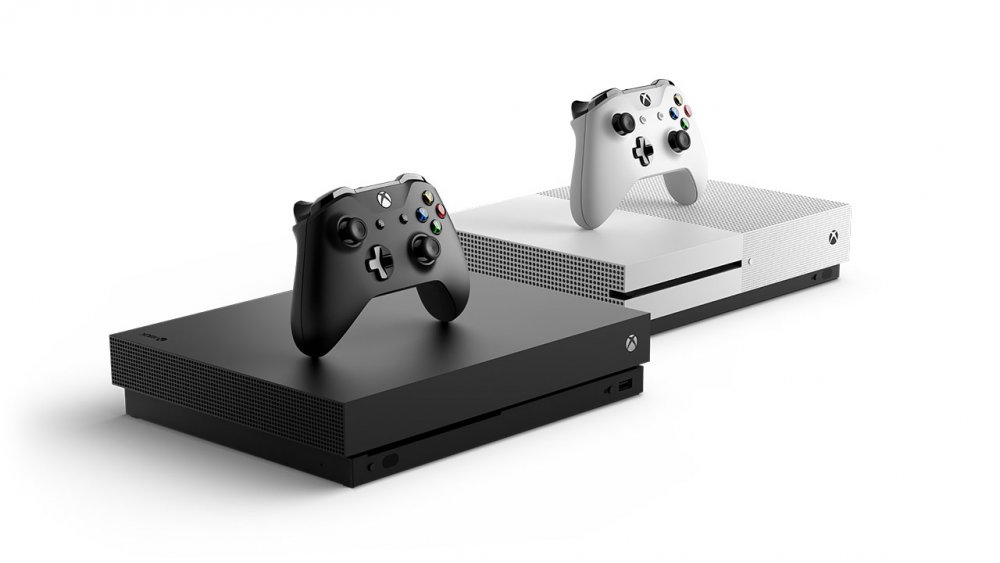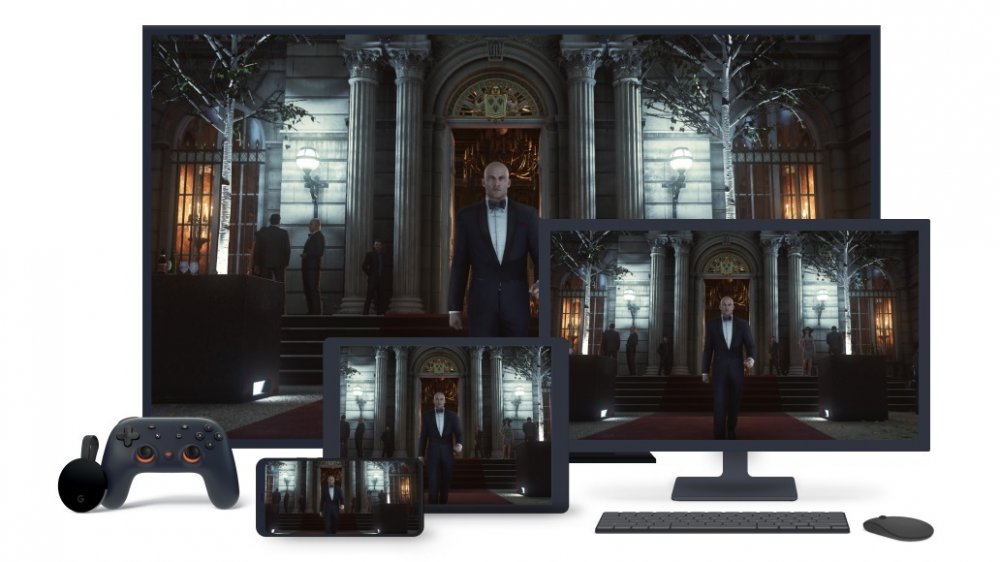Details You Need To Know About Cloud Gaming
Like many technology services these days, there are some big plans to move gaming to the cloud. Cloud gaming promises consumers the ability to stream games just they do with movies and TV on Netflix or Hulu. However, while hardware developers have been trying to implement gaming streaming services for about a decade, the results have generally been unsuccessful.
The concept of cloud gaming is simple, but the infrastructure requirements have made the technology hard to implement. Streaming a movie in HD quality is one thing. Streaming next-generation console or PC games at high levels of details while accommodating for player input is more challenging. While services such as PlayStation Now have had moderate success, the majority have not.
However, with Google's Stadia and Microsoft's xCloud leaving beta testing and available to consumers, it looks like cloud gaming has finally arrived. Here are the details that you need to know about cloud gaming before you ditch your console.
How does cloud gaming work?
At the core of cloud gaming services is the idea of removing the hardware cost barrier for consumers. Instead of purchasing a physical console or building an expensive gaming PC, gamers sign up for a service that streams games to their device. Depending on the service, gamers either get access to a library of games or purchase games individually as they would from a digital or physical game store.
All of this is made possible by companies invested in massive data centers filled with high-end gaming equipment. For instance, Google has been building game servers to support Stadia while Microsoft has been placing racks of eight Xbox One S consoles in server farms to support xCloud.
The advantages of cloud gaming are compelling. Subscribers can play games anywhere and on any device, provided the internet connection is fast enough. The ability to play on any device becomes even more significant when you consider how it could change the high-end PC gaming market. While a brand new console might cost $500, a new gaming PC typically costs thousands of dollars, which is far too much for most casual gamers.
Who is building cloud gaming services?
At this point, the question isn't who is building a cloud gaming platform, but who isn't. Google, Microsoft, Sony, Amazon, Tencent, Nvidia, and Nintendo have all been experimenting with cloud gaming. Here are a few that you can try right now.
One of the highest-profile streaming services is Google Stadia. Stadia streams in 4K and only requires a device to support Google Chrome and an active internet connection. After a bumpy rollout, the service now offers about 50 games, including Baldur's Gate 3 and Red Dead Redemption 2. Stadia Pro, which provides a higher resolution stream and access to free games, is $10 per month.
Ahead of the launch of its new console, the Xbox Series X, Microsoft took its xCloud service out of beta and made it available for Xbox Game Pass Ultimate subscribers, which costs $15 per month. Over 100 games are available for the service, including Destiny 2, Forza Horizon 4, and Minecraft Dungeons.
One of the longest-running cloud gaming services is PlayStation Now. Sony's streaming service has been running in one form or another since 2014 and allows gamers to stream over 700 titles from the PlayStation 2, PlayStation 3, and PlayStation 4. The service costs $10 per month.



